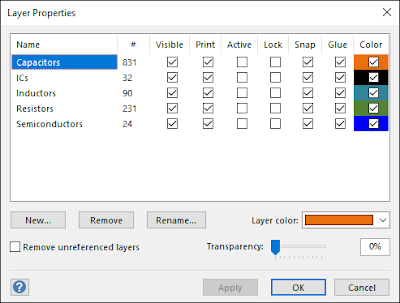Since December last year, a pneumonia-like symptom was detected among flu patients in the Wuhan city of Hebei province in China. City officials initially dismissed it and even attempted to suppress any alert that might cause alarm to the Central Communist Party (CCP) in Beijing. But before long, this virus started to spread quickly among the city residents and spiral out of control as those infected transit in and out of the city to other parts of the mainland.
Soon, other Asia countries also felt the impact of this unknown but highly-contagious virus. As a precautionary measure, flights to and from China were cancelled while citizens working abroad were quickly brought home through chartered flights and given 14-days stay-home orders. Cruise liners were denied docking when the British-registered cruise ship Diamond Princess was found to carry infected passengers. All this while, China's infection statistics literally exploded in the epicenter as the city of Wuhan was put into lockdown mode.
Singapore was not spared either, considering there are many Chinese nationals who have obtained citizenship and permanent resident status, and these have went back to their former homeland to celebrate the Lunar New Year with their families and friends. The same quarantine measures were also enforced on them upon their return from the festive holiday. Thankfully, the government had learned well from the 2004 SARS saga and the National Center for Infectious Diseases (NCID) quickly implemented various measures to contain the spread.

The World Health Organization (WHO) closely monitored the situation and development in Asia and in particularly China, refusing to announce it as a pandemic since that would most certainly cause worldwide panic and impact the global economy. To remove the stigma of associating the virus to China by its initial name Wuhan-virus, WHO codenamed it the CoVid-19 virus, a new strain of the coronavirus that is especially lethal to the elderly and those with underlying health or medical issues. The west, however, seemed oblivious to this growing threat and went on its daily routines as usual.
Before long, Italy reported its first cases of infection and within just weeks, the number spiraled as its medical facilities buckled under the weight of thousands of patients needing healthcare. To date, its fatality rate has overtaken China and South Korea as many succumbed to the virus. Two important reasons could be attributed: 1. Italy has the second highest number of elderly in the world, next to Japan; and 2. Its culture of exchanging kisses and cheek rubs most likely accelerated the infection process. But the virus is not done yet. Other European countries such as UK, France, Germany and Spain became the latest victims of CoVid-19's ravages.
It was only a matter of time before the United States felt its sting. As of now, New York has become the epicenter in US, with other states like Florida, Illinois and Michigan taking a hard hit. Predictably, Wall Streets went from its long-run Bull market straight into the Bear bucket. Billions worth of stock investment were wiped out overnight as companies and businesses struggle to stay afloat from the international trade and supply chain freeze. Unemployment and business stagnation forced many to look to the government for financial aid and bailout.
Indeed, the future looks bleak and dark for the whole world as WHO finally declared the CoVid-19 a worldwide pandemic. The only thing we can do now is wait and pray that with the coming of summer, there will be some relief and a possible cure soon for this scourge...













































